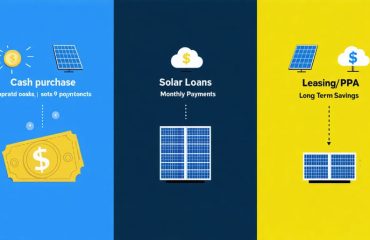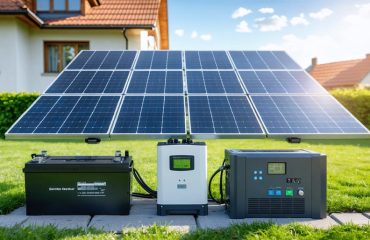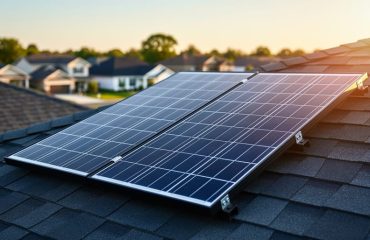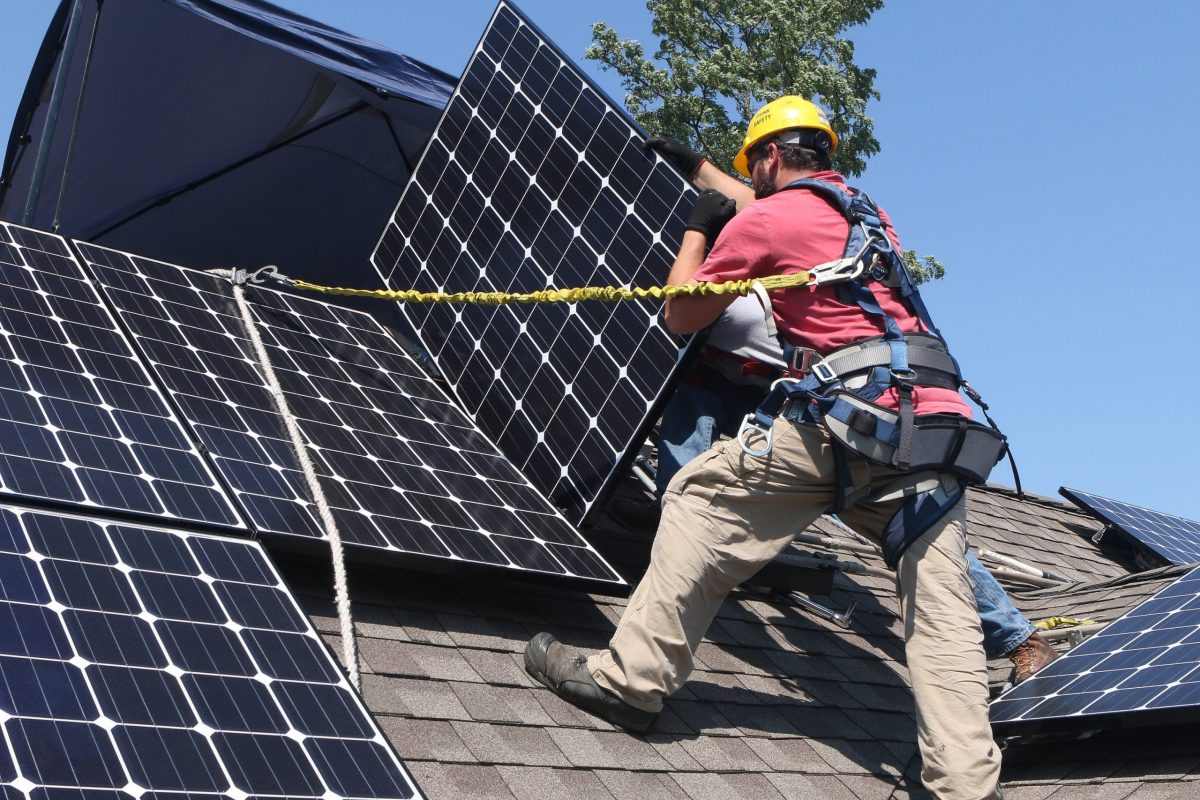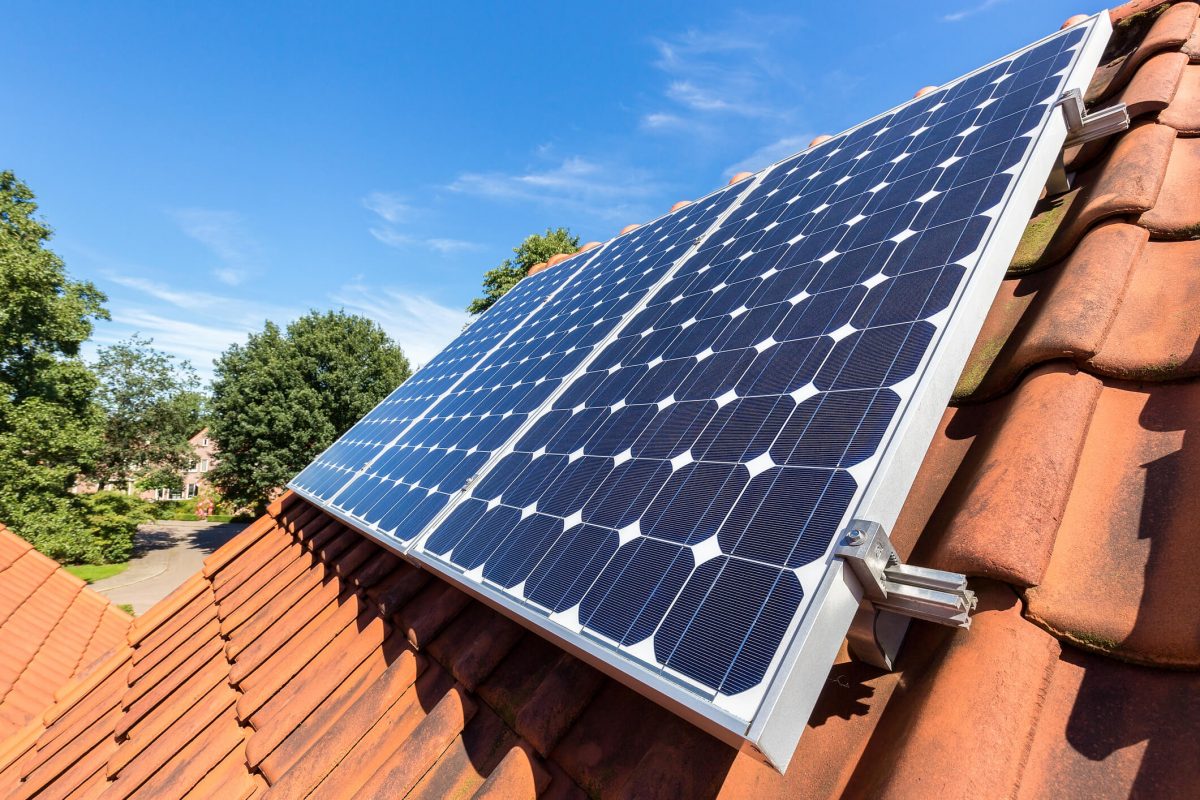Solar panel technology has evolved dramatically in just the past few years, but here’s what most homeowners don’t realize: you don’t need to wait for “the next big thing” to make a smart investment. Today’s panels are already 20-30% more efficient than models from a decade ago, and the innovations arriving in 2024-2025 focus on making solar more affordable and practical for everyday homes—not laboratory breakthroughs years away from reality.
The real question isn’t whether new technology exists, but which innovations actually matter for your roof and your budget. Perovskite-enhanced panels, bifacial designs that capture sunlight from both sides, and integrated battery systems are moving from experimental to mainstream, offering tangible benefits like higher energy production in smaller spaces and better performance on cloudy days.
Stop second-guessing your timing. The “waiting game” costs you more in continued utility bills than any marginal future improvement will save you. Understanding which current technologies deliver real-world value—and which are just marketing hype—empowers you to choose solar panels that will serve your home efficiently for 25+ years while you start saving money immediately.
Why Solar Panel Technology Changes So Fast (And Why That’s Good News)
The solar industry moves at lightning speed—and that’s actually great news for you. Every year, panels become more efficient, more affordable, and easier to install. This isn’t about flashy gadgets that don’t deliver; it’s about real, measurable improvements that put more money back in your pocket.
Here’s the surprising truth: waiting for “the next big thing” actually costs you money. While you wait, you’re paying full price for electricity from your utility company. Meanwhile, homeowners who installed panels five years ago have already saved thousands of dollars—even with older technology. Today’s panels are so much better that they often produce 20-30% more electricity than models from just a decade ago, yet they cost significantly less.
Think of it like smartphones. Yes, a newer model comes out eventually, but that doesn’t mean your current phone stops working or becomes worthless. Solar panels installed today will still generate clean, free electricity for 25-30 years, regardless of what innovations appear next year.
The real question isn’t whether something better is coming—it’s how much money you’re losing by waiting. Every month without solar means another electricity bill at full price. The panels available right now are already incredibly efficient, backed by solid warranties, and proven reliable. They represent decades of research and billions in investment.
Innovation in solar technology means you’re getting better value than ever before, not that you should keep waiting. The best time to go solar was yesterday. The second-best time is today.
Perovskite Solar Cells: The Efficiency Breakthrough Your Roof Has Been Waiting For
What This Means for Your Home
If you’re considering solar for your home, perovskite technology brings some exciting advantages worth understanding. The most immediate benefit is flexibility in placement—these newer panels can generate more electricity from the same roof space, meaning you might need fewer panels to meet your energy needs. This is especially valuable if you have limited south-facing roof area or architectural constraints.
Perhaps more importantly, perovskite-enhanced panels perform significantly better on cloudy days and during morning or evening hours when sunlight is less intense. For homeowners in the Pacific Northwest or other regions with frequent overcast conditions, this translates to more consistent energy production year-round, not just during peak summer months.
While current perovskite panels carry a slight price premium, early adopters are seeing improved returns through higher energy output. As manufacturing scales up over the next few years, costs are expected to drop below traditional silicon panels. When combined with available incentives and creative approaches to financing your solar installation, the improved performance often justifies the investment, particularly for homes with challenging installation conditions or high energy demands.
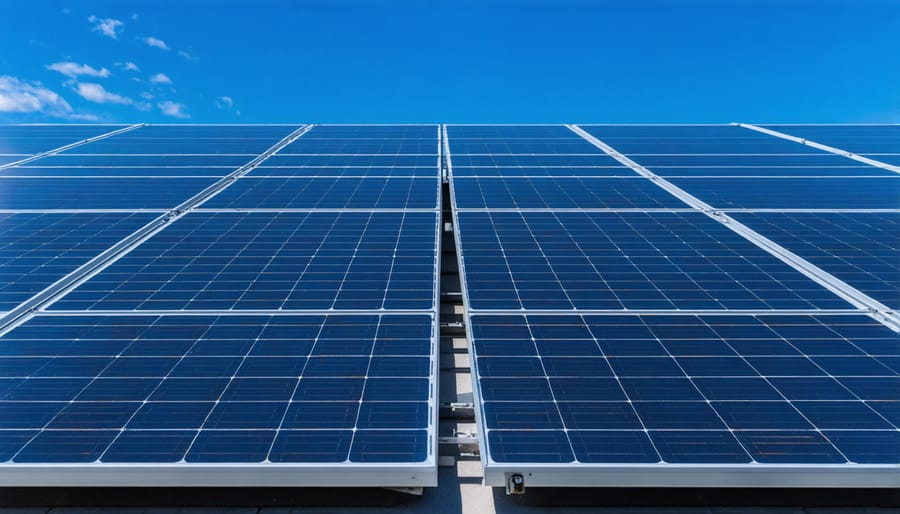
Bifacial Solar Panels: Getting Free Energy From Both Sides
Is Your Roof a Good Fit for Bifacial Technology?
Bifacial panels aren’t the right choice for everyone, but they might be perfect for your home. Here’s a simple checklist to find out:
**Your roof works well if you have:**
– Light-colored roofing materials (white, light gray, or reflective surfaces)
– A ground-mounted system option with reflective gravel or white stones underneath
– Flat or low-slope roofs where panels can be tilted to allow light underneath
**You’ll see the biggest benefits when:**
– Your area gets consistent sunlight year-round
– Snow covers the ground in winter (it reflects light beautifully!)
– You have space between your roof and panels for light reflection
**Bifacials may not be worth it if:**
– You have dark asphalt shingles with standard installation
– Trees heavily shade your property
– Your roof is steeply pitched without ground-mounting options
The honest truth? Traditional panels often make more financial sense for typical roof installations. If your situation doesn’t check these boxes, you’ll save money with conventional panels—and still enjoy excellent energy production. Some homeowners find community solar programs offer better returns than investing in premium panel technology. Focus on what works for your specific home rather than chasing the newest technology.
Half-Cut Cell Technology: Better Performance When It Matters Most
Think of traditional solar panels like a string of holiday lights—when one bulb fails, the whole strand dims. Half-cut cell technology solves this problem by literally cutting solar cells in half and rewiring them into smaller groups. This simple innovation delivers impressive real-world benefits that directly impact your wallet.
Here’s what matters for your home: when part of your roof falls into shade—whether from a chimney, tree, or nearby building—traditional panels can lose a significant portion of their output. Half-cut cells minimize this loss by isolating the shaded section, allowing the rest of the panel to keep producing at full capacity. You’re essentially getting more usable power from the same roof space.
The technology also tackles one of solar’s biggest challenges: heat. On scorching summer days when your air conditioner is working overtime and your energy bills spike, that’s exactly when you need your panels performing their best. Traditional panels actually lose efficiency as temperatures rise. Half-cut cells generate less internal resistance, which means they stay cooler and maintain stronger output during those critical high-demand periods.
The best part? This isn’t experimental technology requiring a premium price. Half-cut cells have become standard in many quality panels, making them an accessible upgrade that pays dividends throughout your system’s 25-year lifespan. You’re getting proven technology that performs better precisely when it matters most—during challenging conditions when every kilowatt-hour counts.

Smart Solar Panels with Built-In Optimizers
How Much Extra Energy Can You Actually Get?
Modern optimization technology typically boosts your solar panel system’s energy production by 10-25% compared to traditional setups. Let’s put that into real dollars.
For an average household using 900 kWh monthly with electricity costs at $0.13 per kWh, you’re looking at roughly $117 in monthly energy bills. A standard 6kW solar system might cover 80% of that without optimization. Add smart optimizers or microinverters, and you could jump to 95% coverage or better.
That translates to an extra $150-300 in annual savings—not revolutionary, but meaningful over your system’s 25-year lifespan. The difference becomes even more noticeable if you live in areas with partial shading, complex roof angles, or frequent cloud cover, where optimization technology really shines.
The biggest gains come from preventing energy loss rather than generating dramatically more power. You’re essentially making sure every ray of sunshine gets converted into usable electricity instead of being wasted. For most homeowners, that efficiency bump pays for the added technology cost within 5-7 years.
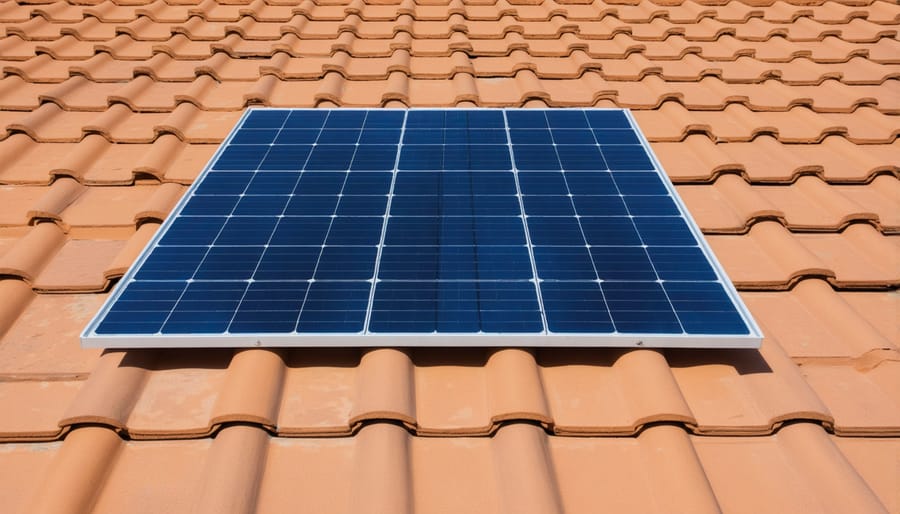
Integrated Solar Tiles vs. Traditional Panels: What’s Really Worth the Premium?
Solar roof tiles like Tesla’s Solar Roof look stunning—they blend seamlessly with your home’s architecture, eliminating that “solar panel” look entirely. But that beauty comes at a price: typically 2-3 times more expensive than traditional panels, often costing $50,000-$70,000 for an average home compared to $15,000-$25,000 for conventional systems.
Here’s the honest breakdown: traditional panels actually produce more electricity per square foot and have proven track records spanning decades. Solar tiles are newer technology with less long-term performance data, though warranties typically match standard panels at 25 years.
The premium makes sense if you’re building a new home or need a complete roof replacement anyway—you’re essentially paying for roofing materials that generate power. If your roof is in good shape, traditional panels deliver better value and faster payback periods, usually 6-8 years versus 12-15 years for integrated tiles.
Consider solar tiles if aesthetics are your top priority, you’re in a neighborhood with strict appearance guidelines, or you’re already replacing your roof. Choose traditional panels if maximizing energy production and minimizing upfront costs matter most. Both technologies work reliably—this decision comes down to your budget and how much you value curb appeal. Neither choice is wrong; it’s about matching technology to your specific situation and financial goals.
Which New Technology Should You Actually Choose?
Choosing the right solar technology doesn’t have to be complicated. Instead of chasing the “latest and greatest,” focus on what actually works for your home and goals.
Start with your roof. South-facing roofs with plenty of space? Standard monocrystalline panels offer excellent efficiency at reasonable prices. Limited roof space or unusual angles? Bifacial panels can capture 10-20% more energy from the same footprint. Shaded areas throughout the day? Half-cut cell technology maintains better performance when partial shading occurs.
Your budget matters too, but think long-term. Spending slightly more on higher-efficiency panels often pays off faster than bargain options that underperform. Most homeowners find the sweet spot in premium monocrystalline panels with PERC technology—they’re proven, widely available, and deliver strong returns.
Consider your energy goals. Planning to add an electric vehicle or heat pump? Build in extra capacity now with bifacial or TOPCon panels. Just want to offset current usage? Standard high-efficiency panels work beautifully.
Here’s a quick comparison:
**Budget-conscious:** PERC monocrystalline panels (20-22% efficiency)
**Space-limited:** Bifacial or TOPCon panels (22-24% efficiency)
**Shading issues:** Half-cut cell panels with optimizers
**Maximum performance:** TOPCon or heterojunction panels (23-26% efficiency)
The truth? Today’s “standard” solar technology is remarkably good. Waiting for the next breakthrough means losing years of energy savings. Any quality panel installed today will serve you well for 25+ years. Focus on choosing a reputable installer and appropriate technology for your specific situation rather than obsessing over marginal efficiency differences.
Here’s the good news: you don’t need to become a solar engineer to make a smart decision about solar panels. The technology available today is proven, efficient, and continually improving. What matters most isn’t memorizing every technical specification—it’s working with quality installers who stay current with the latest advancements and can recommend the best options for your specific situation.
While exciting innovations are always on the horizon, waiting indefinitely for the “next big thing” means missing out on years of energy savings and environmental benefits. Today’s solar technology is sophisticated enough to deliver excellent returns on investment, and any future upgrades will likely be incremental rather than revolutionary.
The smartest move is taking action now with proven technology that fits your budget and energy needs. Start by consulting with solar professionals who can assess your home’s potential and explain which current innovations make sense for your situation. Your journey toward clean, affordable energy doesn’t require perfect timing—just the confidence to move forward with reliable guidance.



